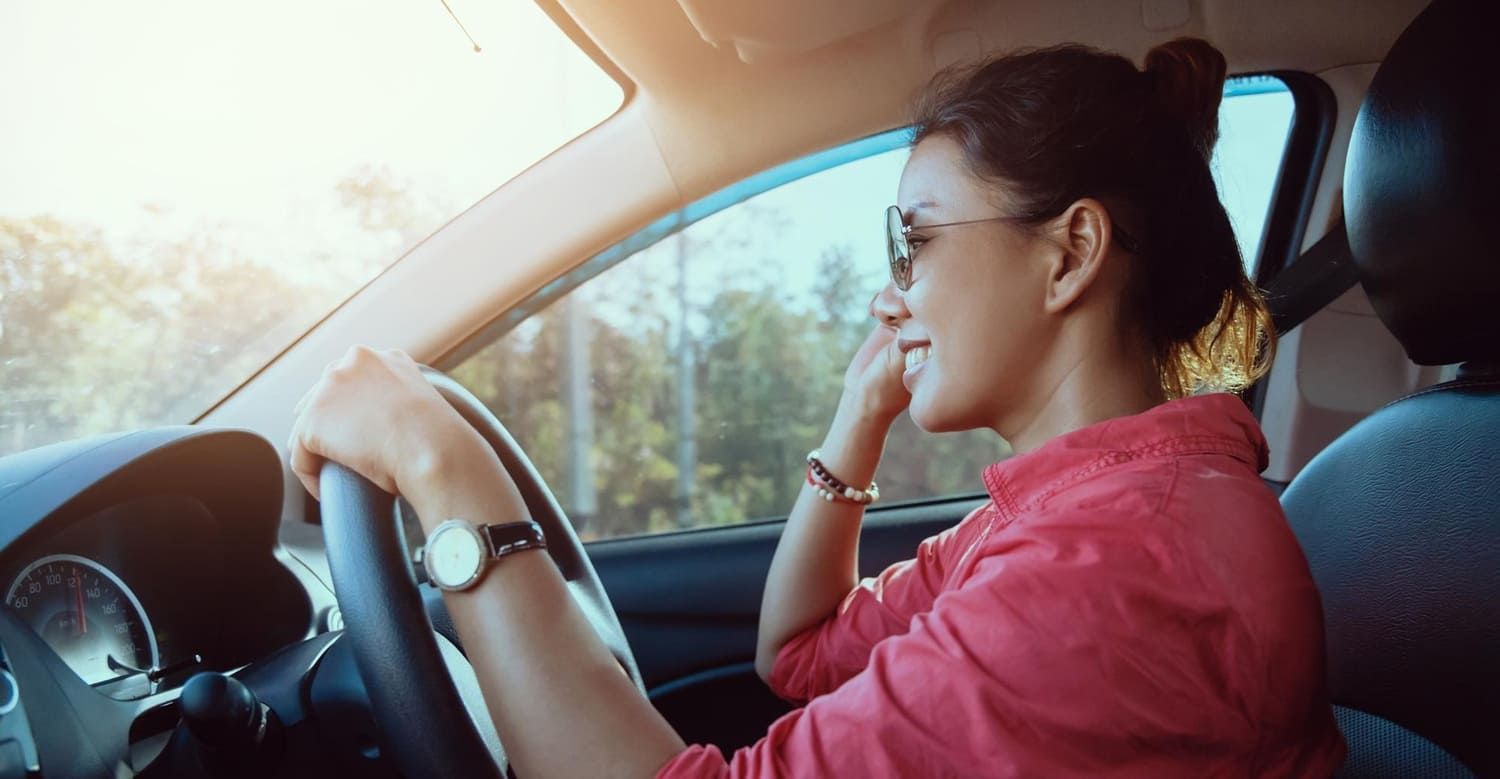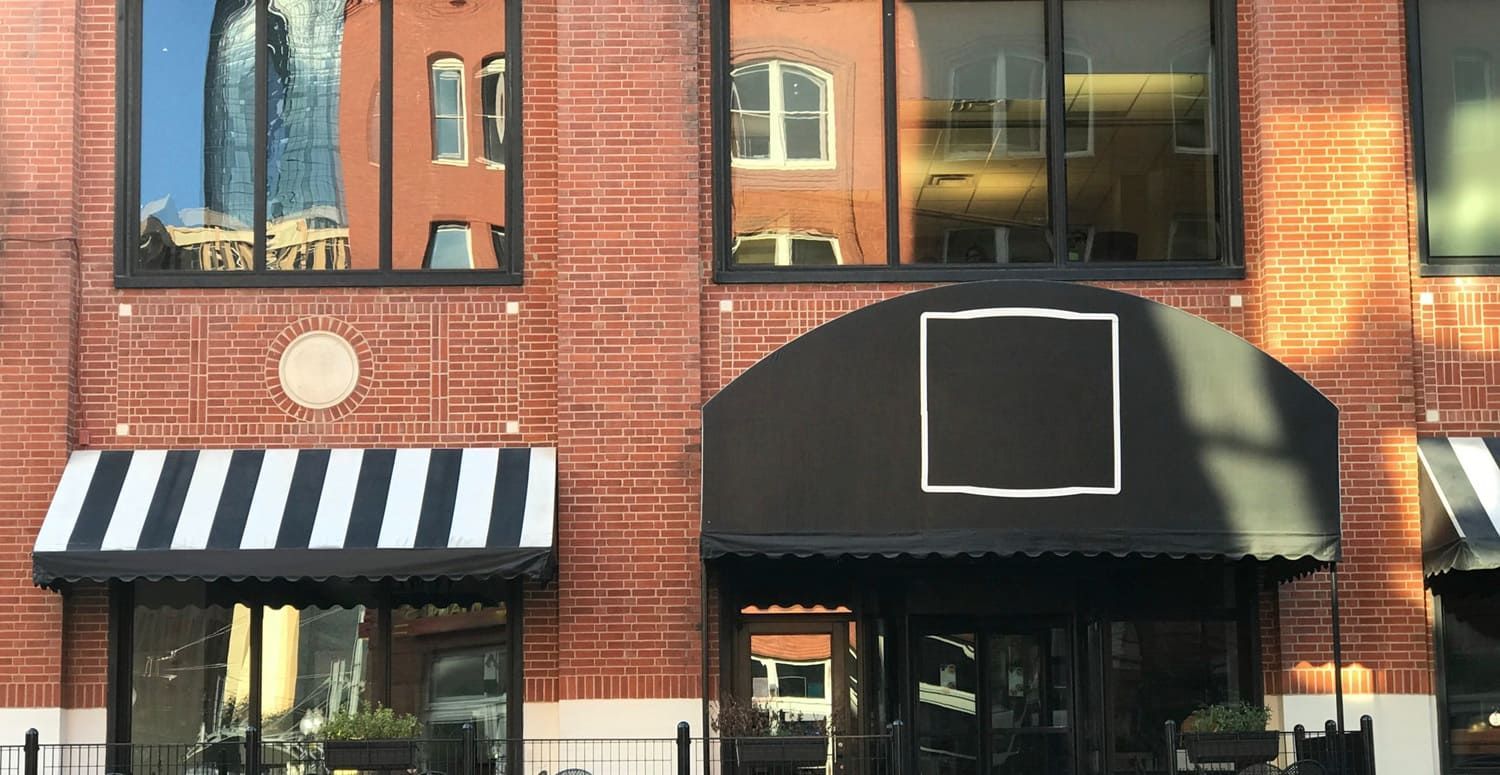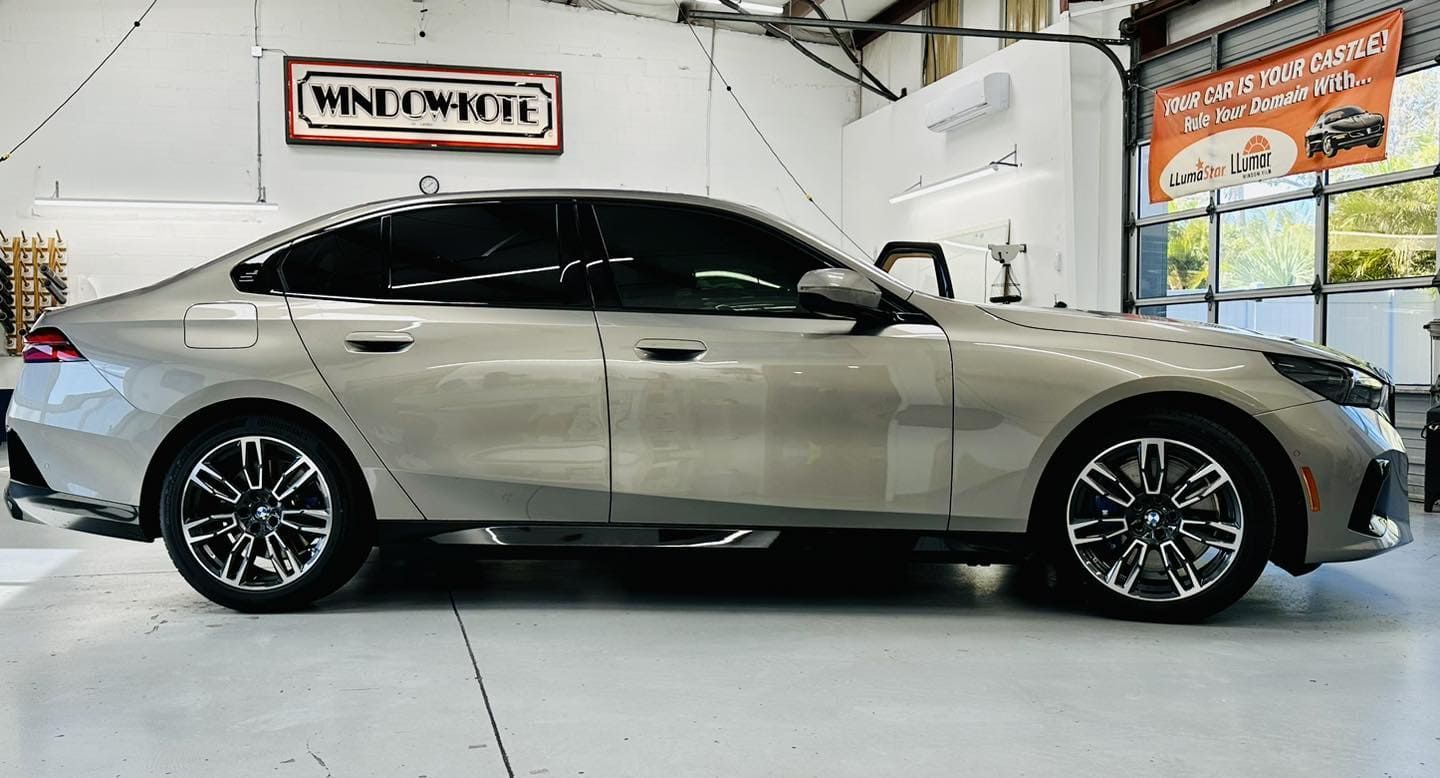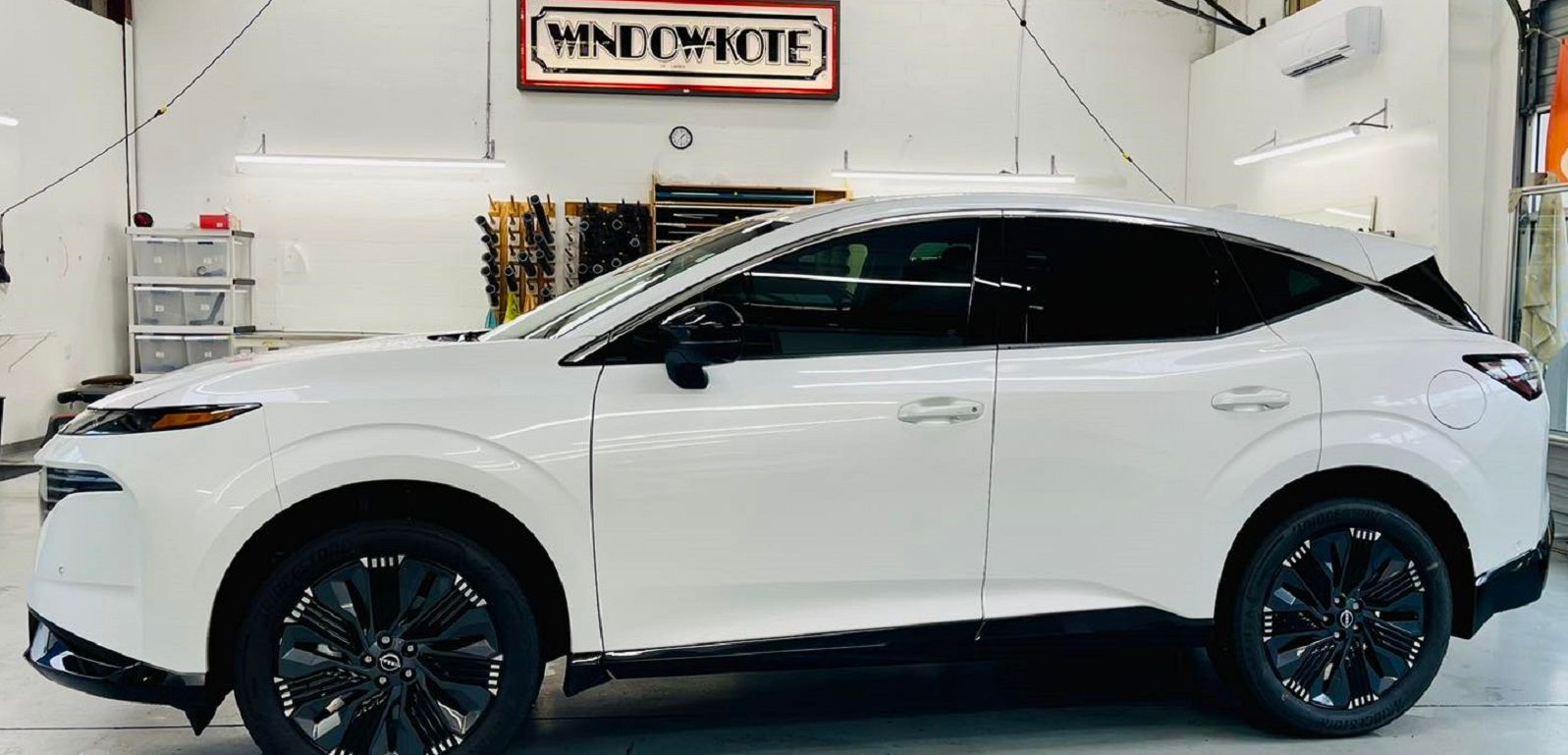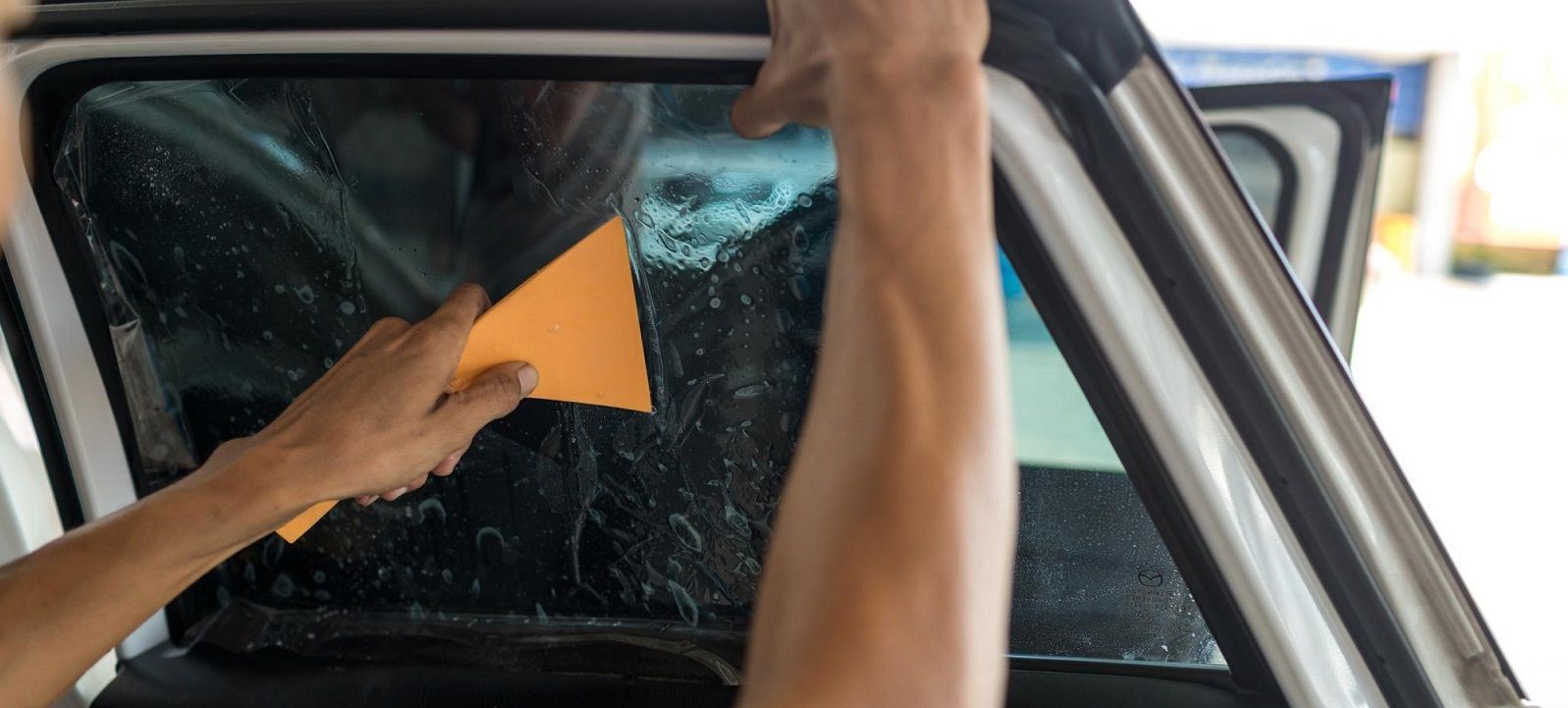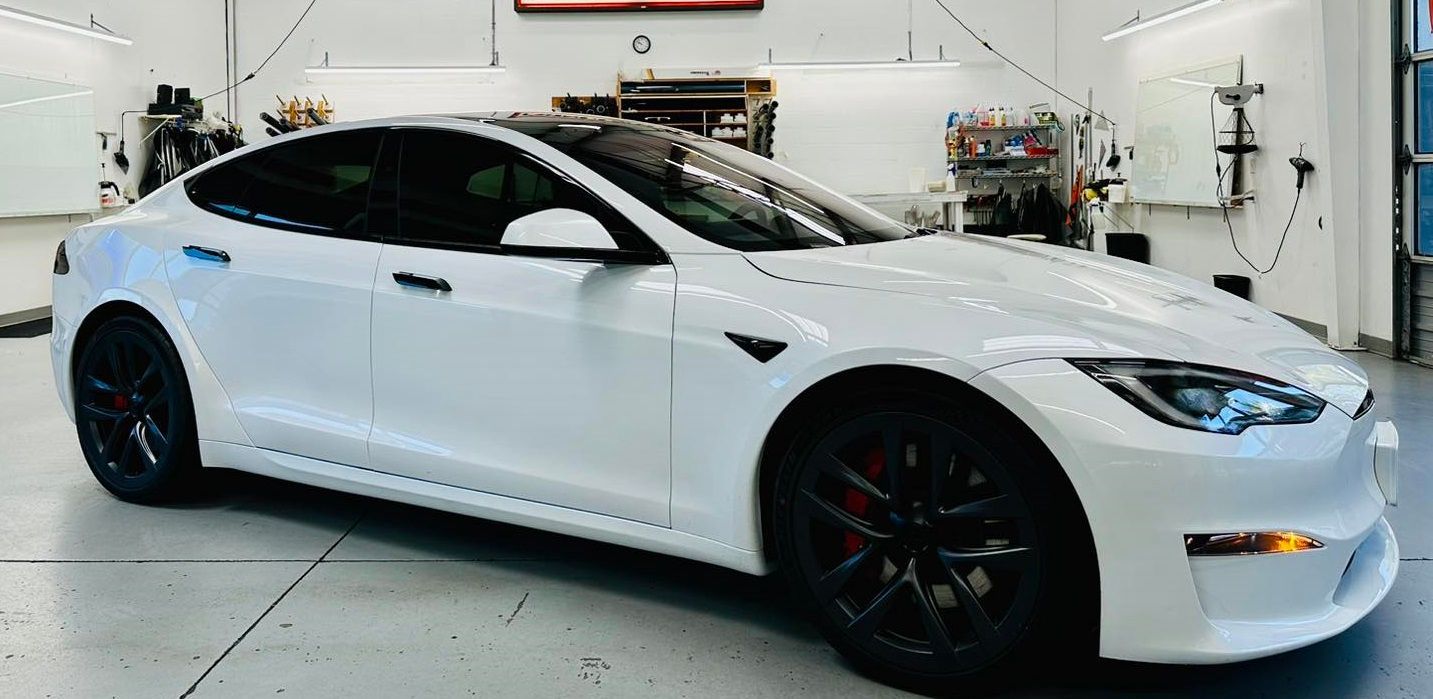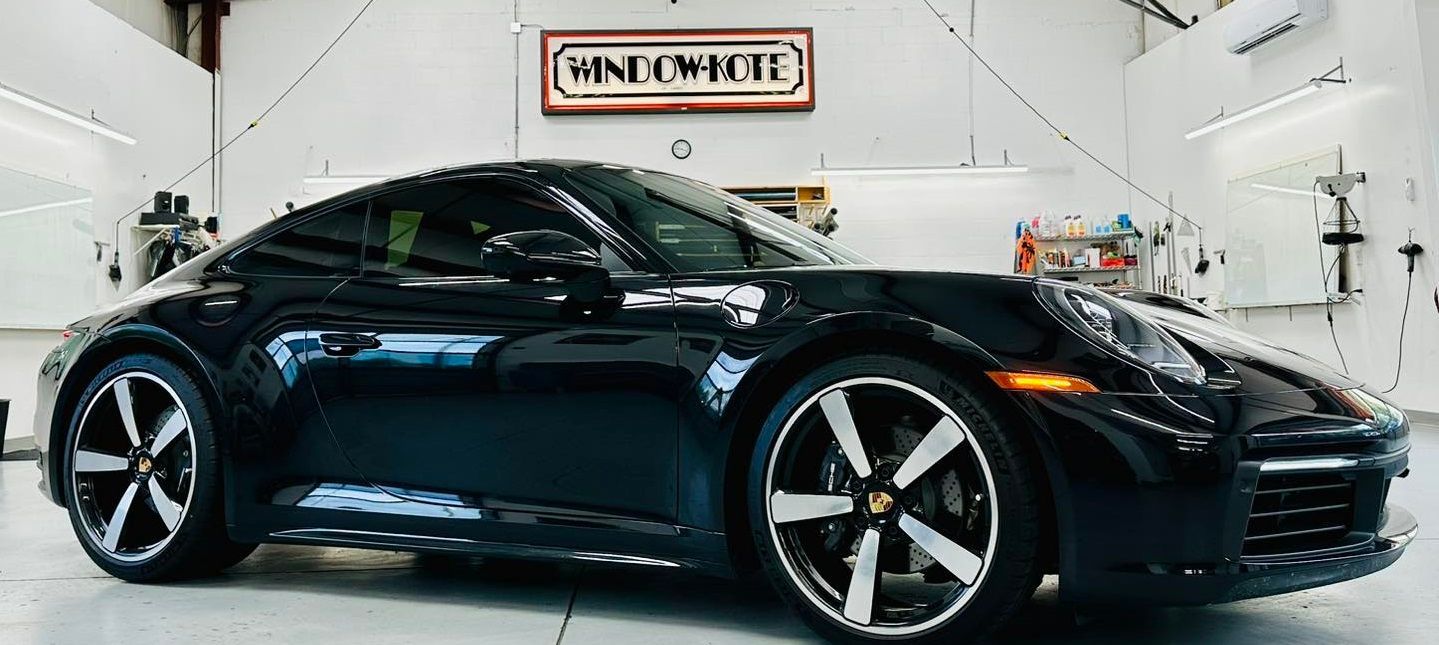Exploring Ceramic vs. Carbon Window Tints: Which is Best for Your Car?
Choosing the right window tint for your car can be a daunting task. With so many options available, it's easy to feel overwhelmed.
Two of the most popular choices are ceramic and carbon window tints. But which one is the best for your car?
In this article, we'll delve into the world of ceramic vs. carbon window tints. We'll explore their benefits, drawbacks, and key differences.
Our goal is to provide you with all the information you need to make an informed decision. Whether you're looking for UV protection, heat reduction, or simply a sleek look, we've got you covered.
So, let's dive in and start exploring the best window tint for your car.
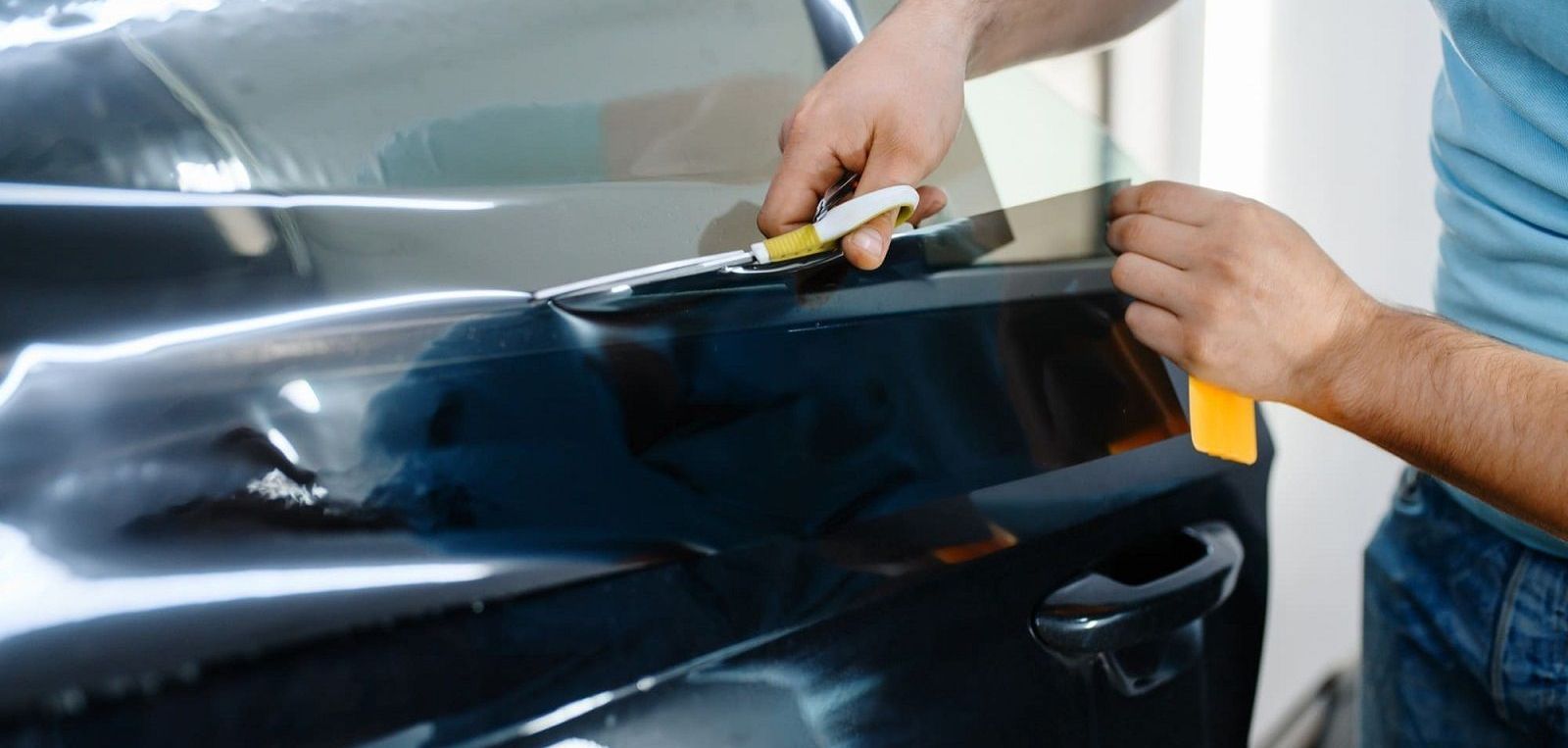
Understanding Window Tints: Ceramic vs. Carbon
Window tints are more than just a cosmetic upgrade for your car. They offer a range of benefits, from UV protection to heat reduction. But not all tints are created equal.
Ceramic and carbon window tints are two of the most advanced options on the market. They both offer superior performance compared to traditional dyed or metallic tints. But they also have their unique characteristics.
What is Ceramic Window Tint?
Ceramic window tint is a type of film that contains ceramic particles known for their nonconductive properties. This high-quality tint offers excellent heat rejection and UV protection.
It's also known for its durability and resistance to fading. Unlike metallic tints, ceramic tints do not interfere with electronic signals, making them a popular choice for modern cars.
What is Carbon Window Tint?
Carbon window tint, on the other hand, is made with carbon particles. These particles give the tint a matte finish, which many drivers find aesthetically pleasing.
Carbon tints also offer good heat rejection and do not fade over time. Like ceramic tints, they do not interfere with electronic signals. However, they may not offer the same level of clarity as ceramic tints.
Key Factors to Consider
When choosing between ceramic and carbon window tints, several factors come into play. These include heat rejection, UV protection, durability, signal interference, and aesthetics.
Each of these factors can significantly impact your driving experience and the overall performance of your car. Therefore, it's crucial to understand how ceramic and carbon tints differ in these areas.
Heat Rejection and UV Protection
One of the primary reasons people tint their car windows is to reduce heat and protect against harmful UV rays. Both ceramic and carbon tints excel in this area.
Ceramic tints are known for their superior heat rejection capabilities. They can block up to 50% of solar heat, making your car more comfortable during hot summer days.
On the other hand, carbon tints also offer good heat rejection, although not as high as ceramic tints. However, they can block up to 99% of UV rays, protecting your skin and your car's interior from sun damage.
Durability and Fade Resistance
Durability is another critical factor to consider. Both ceramic and carbon tints are known for their durability and resistance to fading.
Ceramic tints are highly durable due to the ceramic particles in the film. They do not fade over time, ensuring your tint looks as good as new for years to come.
Carbon tints, while also durable, may not have the same fade resistance as ceramic tints. However, they still outperform traditional dyed tints in terms of longevity.
Signal Interference and Electronic Compatibility
In our digital age, signal interference is a significant concern for many drivers. Fortunately, both ceramic and carbon tints are free from this issue.
Ceramic tints, due to their nonconductive ceramic particles, do not interfere with electronic signals. This means your GPS, mobile, radio, and satellite signals will remain unaffected.
Similarly, carbon tints do not cause signal interference. This is because they do not contain metal particles, which are often the culprit for signal issues in metallic tints.
Aesthetics and Visibility
Finally, aesthetics and visibility are also important considerations. After all, you want your car to look good and your view of the road to be clear.
Ceramic tints are known for their clarity. They provide a clear view from inside the car, without the reflective or mirrored look of some other tints.
Carbon tints, on the other hand, offer a unique matte finish. This can give your car a sleek, stylish look. However, they may not provide the same level of clarity as ceramic tints.
Cost and Installation
The cost of window tints and their installation can vary widely. It depends on the type of tint, the size of your car, and whether you choose professional installation or DIY.
Both ceramic and carbon tints are considered premium options. Therefore, they are more expensive than traditional dyed or metallic tints.
Initial Cost and Long-Term Value
Ceramic tints are typically the most expensive option. However, their superior heat rejection, durability, and clarity can make them a worthwhile investment in the long run.
Carbon tints, while still a premium option, are usually less expensive than ceramic tints. They offer good value for money, considering their heat rejection, UV protection, and fade resistance.
Professional Installation vs. DIY
While DIY kits are available, professional installation is recommended for both ceramic and carbon tints. Professionals have the skills and experience to ensure a flawless finish and proper fit.
However, professional installation will add to the overall cost. If you're confident in your abilities and have the right tools, a DIY installation can save you money. But remember, a poorly installed tint can detract from your car's appearance and performance.
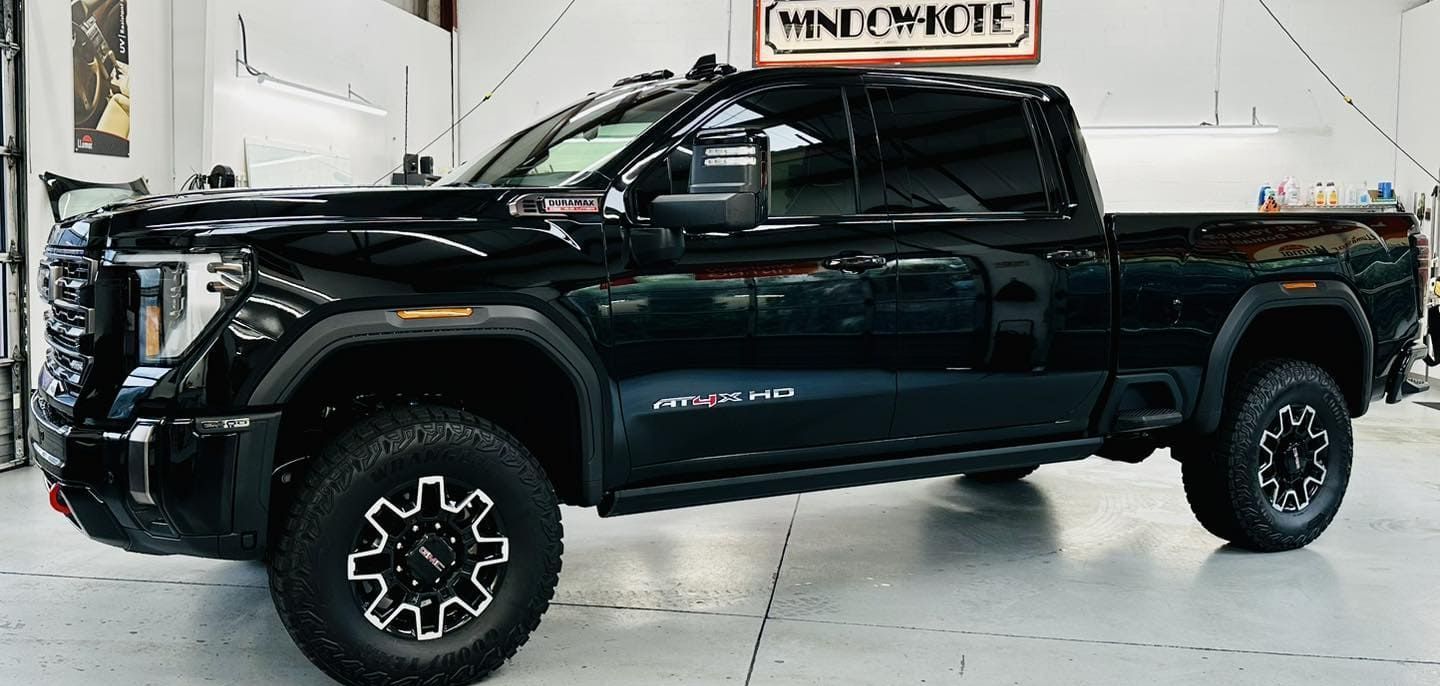
Legal Considerations and Warranty
When choosing window tints, it's crucial to consider local laws and regulations. Also, the warranty offered by the manufacturer can provide peace of mind and protect your investment.
Understanding Tinting Laws
Tinting laws vary by state and country. They often specify the maximum darkness and reflectivity allowed. Before installing any window tint, ensure it complies with your local laws to avoid fines or the need for removal.
Warranty and Quality Assurance
Most premium window tints come with a warranty. This can range from a few years to a lifetime. A warranty can cover defects in the tint and sometimes even installation errors. Always check the warranty terms before making a purchase.
Conclusion: Making the Best Choice for Your Car
Choosing between ceramic and carbon window tints depends on your specific needs, budget, and preferences. Both offer unique benefits and can significantly enhance your driving experience.
Final Thoughts and Recommendations
In conclusion, consider factors like heat rejection, UV protection, durability, aesthetics, cost, and legal restrictions. Consult with a professional installer to make an informed decision that best suits your car and lifestyle.
At Window Kote of Largo, we are experts in Auto Window Tinting, serving Pinellas County and Hillsborough County, including the cities of Largo, Clearwater, Pinellas Park, St. Petersburg, Seminole, Tampa, Indian Rocks Beach, and surrounding Florida areas. Contact us today for a free estimate and let us help you choose the best window tint for your vehicle.
